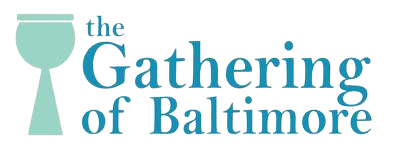Is DNA digital or analog?
Is DNA digital or analog?
In fact, DNA is useful for this kind of thing precisely because it is, in a way, already digital. The process of arranging base pairs into codons, which is how DNA encodes information, is remarkably like how we use binary symbols in sequence to form bytes.
Is DNA digital code?
The language of DNA is digital, but not binary. Because each digit can have 4 values instead of 2, a DNA codon has 64 possible values, compared to a binary byte which has 256. A typical example of a DNA codon is ‘GCC’, which encodes the amino acid Alanine.
Why DNA is not a code?
The names guanine, adenine, thymine and cytosine are not codes: they are primary symbols. Primary symbols stand for real things and not for symbols. The real physical entities guanine, adenine, thymine and cytosine are not codes. To claim that computer code and DNA are both codes is an abuse of the power of words.
Which base is unique to DNA?
Nitrogenous bases within DNA are categorized into the two-ringed purines adenine and guanine and the single-ringed pyrimidines cytosine and thymine. Thymine is unique to DNA.
Is DNA A 4 bit?
Computer information processing and storage is based on 2-digit system of bits with values 0 and 1. Now, DNA stores the information in a 4-digit system: A, C, G, T.
Why do nucleotides only pair with certain other nucleotides?
Each rung of the DNA ladder is actually a pair of bases that meet in the middle: a base pair. But each base is always only paired with one specific other base. This is because of their molecular structures. Each base contains one or two nitrogen rings, which makes it long or short.
Which nucleotides can pair together?
Under normal circumstances, the nitrogen-containing bases adenine (A) and thymine (T) pair together, and cytosine (C) and guanine (G) pair together. The binding of these base pairs forms the structure of DNA .
What makes up nucleotides in DNA?
DNA is made up of four building blocks called nucleotides: adenine (A), thymine (T), guanine (G), and cytosine (C). The nucleotides attach to each other (A with T, and G with C) to form chemical bonds called base pairs, which connect the two DNA strands.
